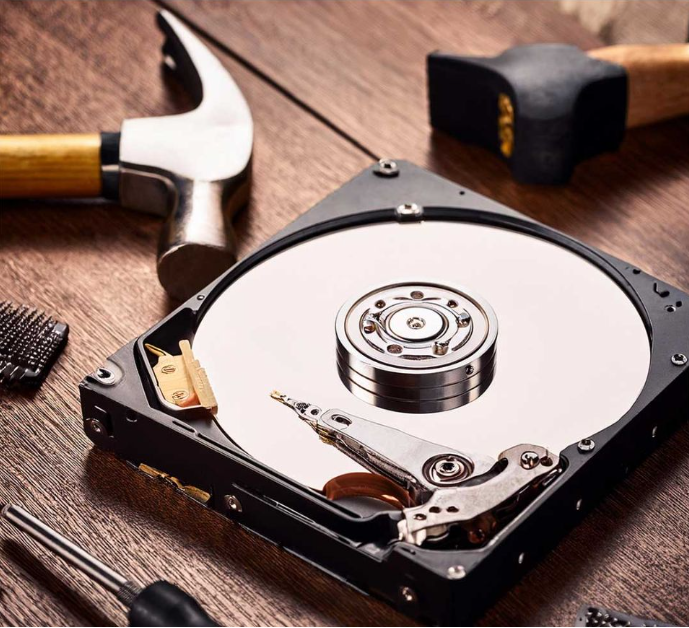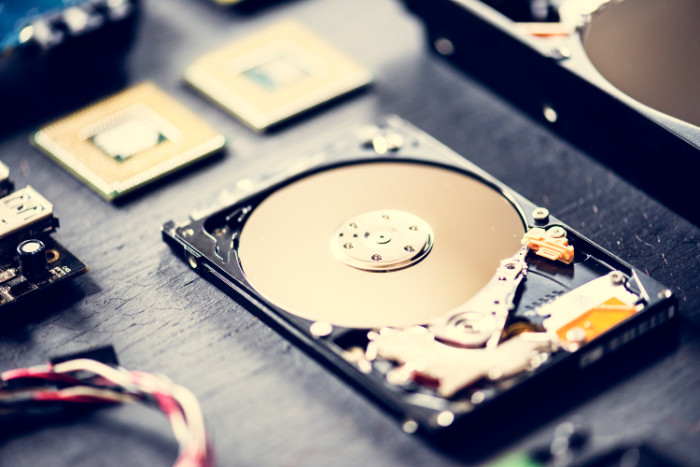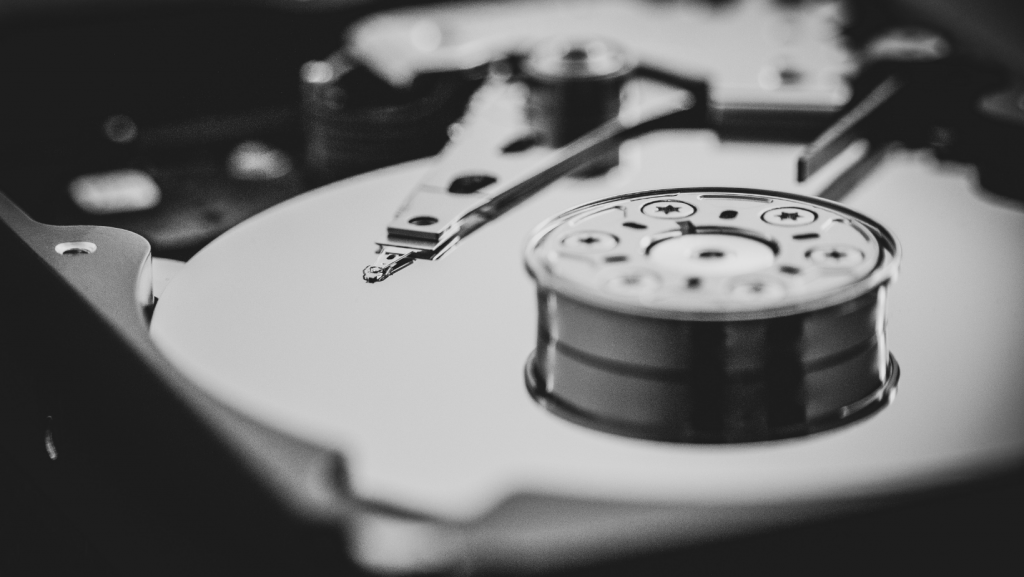In today’s digital age, hard drives store an immense amount of sensitive information, making them critical to safeguard even after their use ends. From personal computers to business devices, hard drives house everything from financial records to private documents. Unfortunately, many people overlook a crucial step when discarding old electronics: properly destroying the hard drive. Here’s why destroying your hard drive before disposing of your device is not only essential but necessary to protect your privacy.

Why You Need to Destroy Your Hard Drive
1. Data Remains Even After Deletion
One of the biggest misconceptions is that deleting files or reformatting a hard drive wipes it clean. In reality, when you delete a file, only the reference to that file is removed from the system. The data remains on the drive until it is overwritten, making it recoverable with specialized software. Reformatting doesn’t fully erase the hard drive either—it often leaves behind large chunks of recoverable data.
2. Cybersecurity Threats
Improperly discarded hard drives can be a goldmine for cybercriminals. Hackers can extract sensitive information like login credentials, financial details, and personal photos from an old hard drive, even if it’s been “wiped.” In some cases, this can lead to identity theft, financial fraud, or blackmail. Businesses are especially vulnerable as hard drives may contain proprietary information or customer data, and a breach could result in severe legal and financial consequences.
3. Regulatory Compliance
Businesses in sectors like healthcare, finance, and education must comply with strict data protection laws like GDPR, HIPAA, and others. These regulations often require the proper disposal of devices that store personal or sensitive information. Failure to destroy hard drives properly could result in fines, lawsuits, or damage to a company’s reputation. Destroying hard drives not only protects your business but ensures that you remain compliant with industry regulations.
Methods of Hard Drive Destruction
Now that we’ve established the importance of hard drive destruction, let’s explore the best ways to ensure your data is completely irrecoverable.
1. Software Wiping
One of the first steps before physically destroying a hard drive is to wipe it clean using specialized software. Data wiping programs overwrite the entire hard drive multiple times, making it harder for data recovery tools to retrieve the information. While this method doesn’t guarantee 100% security, it is a good initial step.
Some popular tools include:
- Darik’s Boot and Nuke (DBAN): A free, open-source tool designed to securely erase entire hard drives.
- Eraser: Allows users to schedule file or drive wipes at regular intervals.
- CCleaner’s Drive Wiper: Offers a basic, built-in tool for securely wiping hard drives.
However, experts recommend pairing software wiping with physical destruction for total peace of mind.
2. Physical Destruction
If you want complete assurance that no one can access your data, physically destroying your hard drive is the most effective method.
Dismantling the Hard Drive
Dismantling the hard drive involves removing its components and rendering them useless. Here’s how to do it:
- Step 1: Unscrew the hard drive casing.
- Step 2: Remove the platters (the shiny disks that store data).
- Step 3: Scratch or shatter the platters using a hammer or sharp tool to prevent data retrieval.

Drilling Holes
Drilling holes into the hard drive platters is another popular method of destruction. Here’s how:
- Step 1: Place the hard drive on a stable surface.
- Step 2: Use a power drill with a ¼-inch bit or larger to drill multiple holes through the drive, damaging the platters inside. This method makes the hard drive virtually unusable and prevents data recovery.
Shredding
For those dealing with multiple hard drives or sensitive data, industrial shredders designed for hard drives are ideal. They completely destroy the drive by breaking it into tiny pieces, making data retrieval impossible. While personal shredders are impractical for home use, many e-waste recycling centers offer this service.
Hammering
If you lack access to tools like drills or shredders, you can use a hammer:
- Step 1: Place the hard drive on a sturdy surface.
- Step 2: Wear protective eyewear to shield against flying debris.
- Step 3: Smash the hard drive repeatedly, focusing on cracking or crushing the internal platters. While this method can be messy, it gets the job done.
3. Professional Data Destruction Services
For those who are unsure about DIY methods, professional data destruction services offer secure and certified disposal. These services often include shredding or degaussing (using a powerful magnetic field to scramble data) and provide certificates of destruction, ensuring compliance with data protection laws. This is a great option for businesses dealing with sensitive information or large volumes of hard drives.
Important Considerations Before Destruction
1. Backup Your Data
Before you destroy your hard drive, make sure to back up any important files. Transfer your data to an external drive or use cloud storage solutions to safeguard any information you still need. Once the hard drive is destroyed, there’s no turning back, so this step is essential.

2. Understand Your Device Type
Not all storage devices are the same. Traditional hard drives (HDDs) store data on platters, while solid-state drives (SSDs) store data on memory chips. SSDs require different destruction methods—smashing the memory chips or using shredding are the most effective ways to ensure data cannot be recovered. Magnetic degaussing is not effective for SSDs, as they don’t rely on magnetic storage.
3. Environmentally Responsible Disposal
After you’ve destroyed your hard drive, it’s important to dispose of the remnants responsibly. Hard drives contain materials that are harmful to the environment if not disposed of correctly. Many local recycling centers and e-waste facilities accept electronic parts for proper recycling.
Conclusion
Destroying your hard drive before disposing of it is crucial to protect your personal information from falling into the wrong hands. While deleting files and reformatting the drive may seem sufficient, these methods still leave your data vulnerable. Physical destruction, whether through drilling, hammering, or using a professional service, ensures your data is gone for good.
Next time you’re upgrading your device or decluttering old electronics, don’t forget this vital step: destroy your hard drive. It’s the most reliable way to keep your data secure and out of the hands of potential hackers or data thieves.


